MotoGP: New BMW Boss Drops Intriguing Hint About Future Entry
While BMW opted not to seize the opportunity to enter MotoGP in the past, Markus Flasch, who assumed the role of Head of BMW Motorrad at the end of last year, has maintained a receptive stance towards potential future engagement in the premier-class racing.
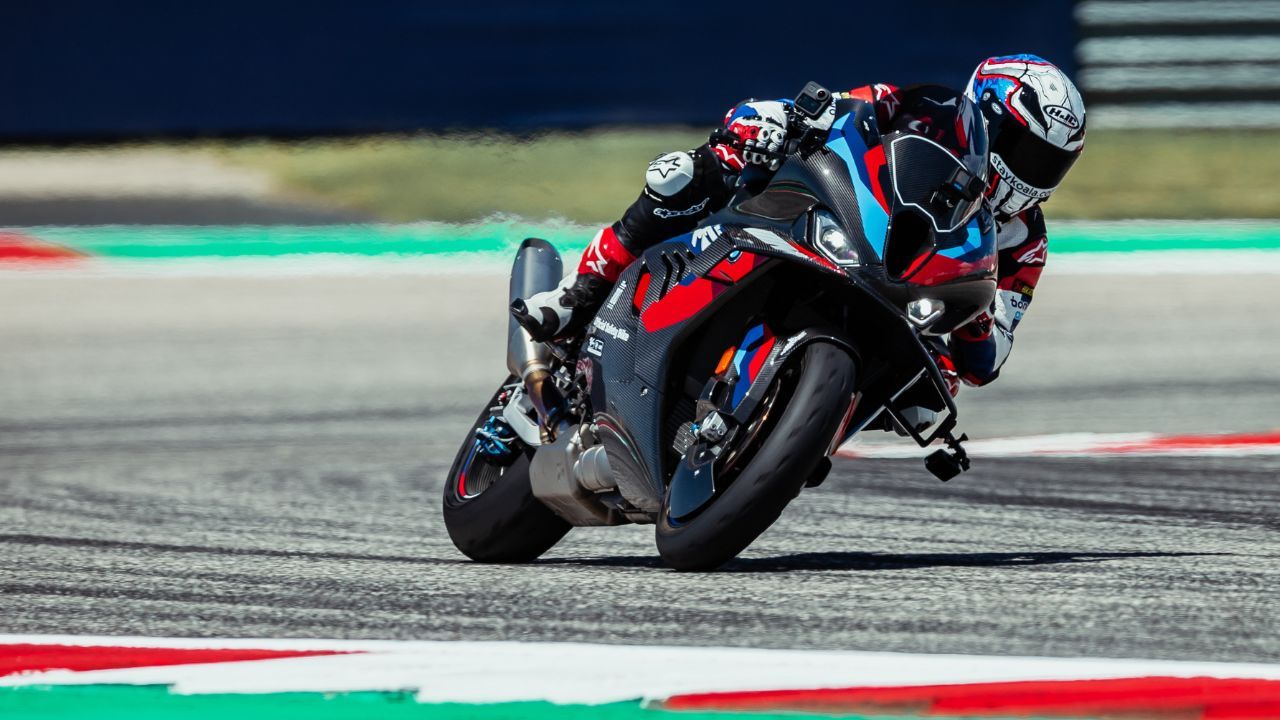
The CEO of BMW Motorrad, Markus Flasch, has stated that the iconic German motorcycle manufacturer is exploring the possibility of fielding a MotoGP team under factory backing. If they go through with it, rumours have it that they could join the competition in 2027, right around the time when new rules would force the use of smaller, more environmentally friendly 850-cc engines. As part of its efforts to diversify its motorsport offerings, the BMW Group has been bringing back the M Hybrid V8 to endurance racing, in addition to its motorcycle racing division. The vehicle made its debut in the GTP class of the International Motor Sports Association (IMSA) and will expand to compete in the WEC starting in 2024. For races like Le Mans, where BMW's V12 LMR won 25 years ago, the M Hybrid V8 will be competing.
MotoGP: New 2027 Regulation
The current set of rules that regulate the technical parts of the competition were put in place in 2022 and are going to be out in 2026. Modern aerodynamics and associated technology, such as ride height devices, have allowed for faster lap times, posing a serious problem for MotoGP in recent years. This has led to numerous iconic circuits from the series being dangerously close to being overwhelmed by the machinery's current speed.
More powerful braking, faster cornering speeds, faultless starts from anywhere on the grid, and record-breaking top speeds are all results of the continuous improvement of motorcycle technology. Because of this, historic routes such as the Sachsenring, Mugello, and Jerez are becoming more and more inconvenient to use. In light of this development, talks have begun regarding major rule changes set to take place in 2027, when the present five-year agreement between factories and series organiser Dorna comes to a close. Reducing the engine capacity is one of the most prominently suggested changes, with rumours suggesting a move from 1000cc to 850cc engines.
But fear stems from bad experiences in the past. There was a dull patch when the MotoGP 800cc class was first introduced in 2007 when corner speed and edge grip were given all the attention. By that point in 2027, the present grid will have changed considerably. It's true that the 1000cc bike market isn't as lucrative for contemporary motorcycle companies as it once was, but maybe these changes will entice new ones. One such example is the Austrian manufacturer KMT, which has recently launched their MotoGP-inspired KTM RC 8C, which features an 889cc parallel-twin engine.
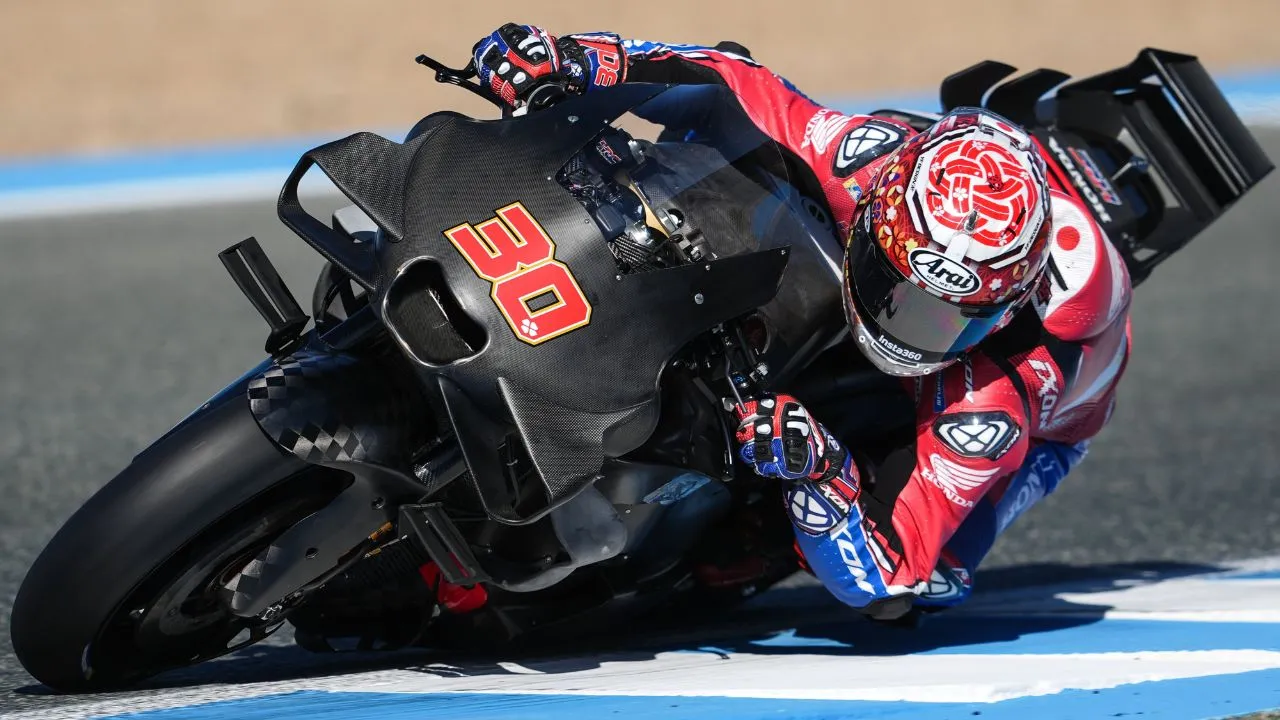
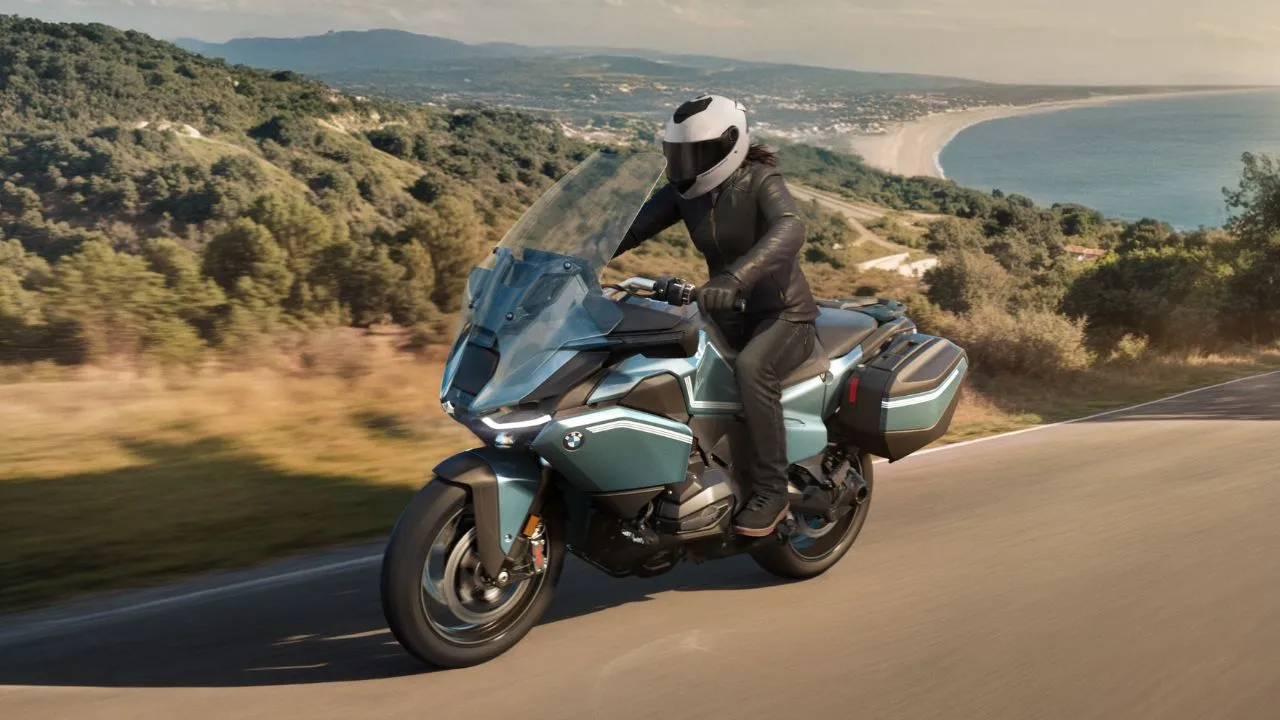
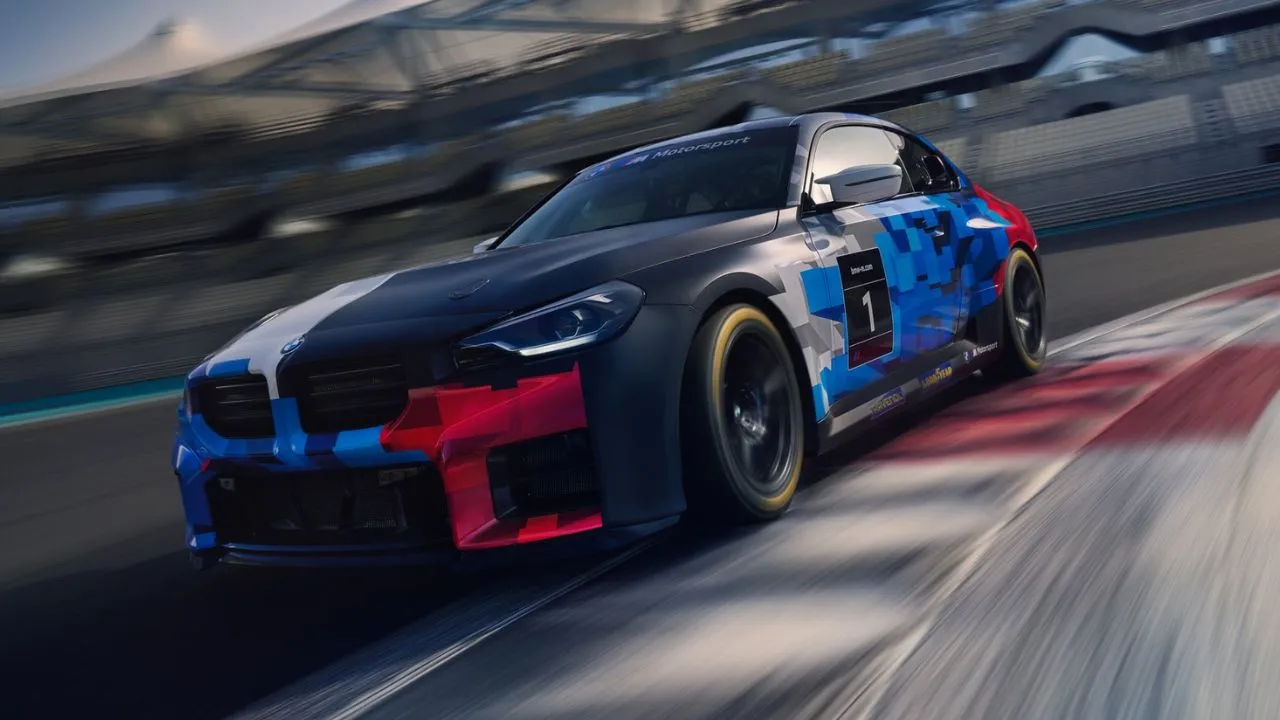
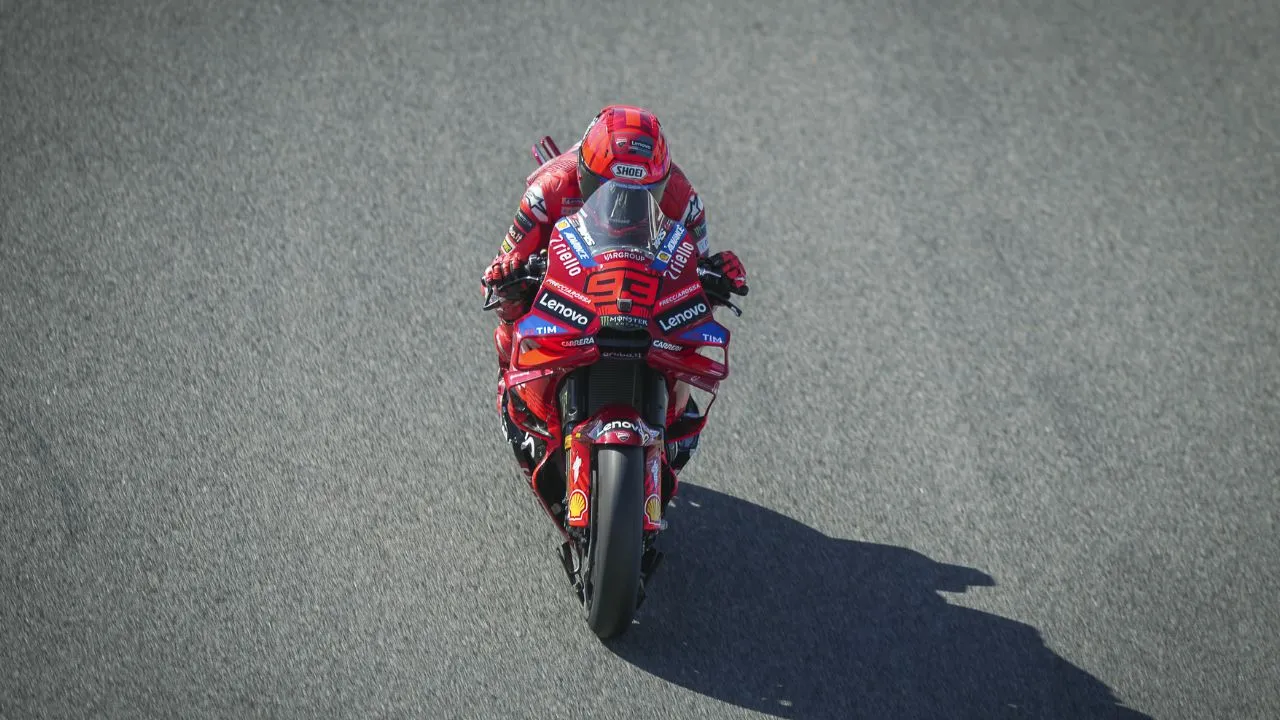
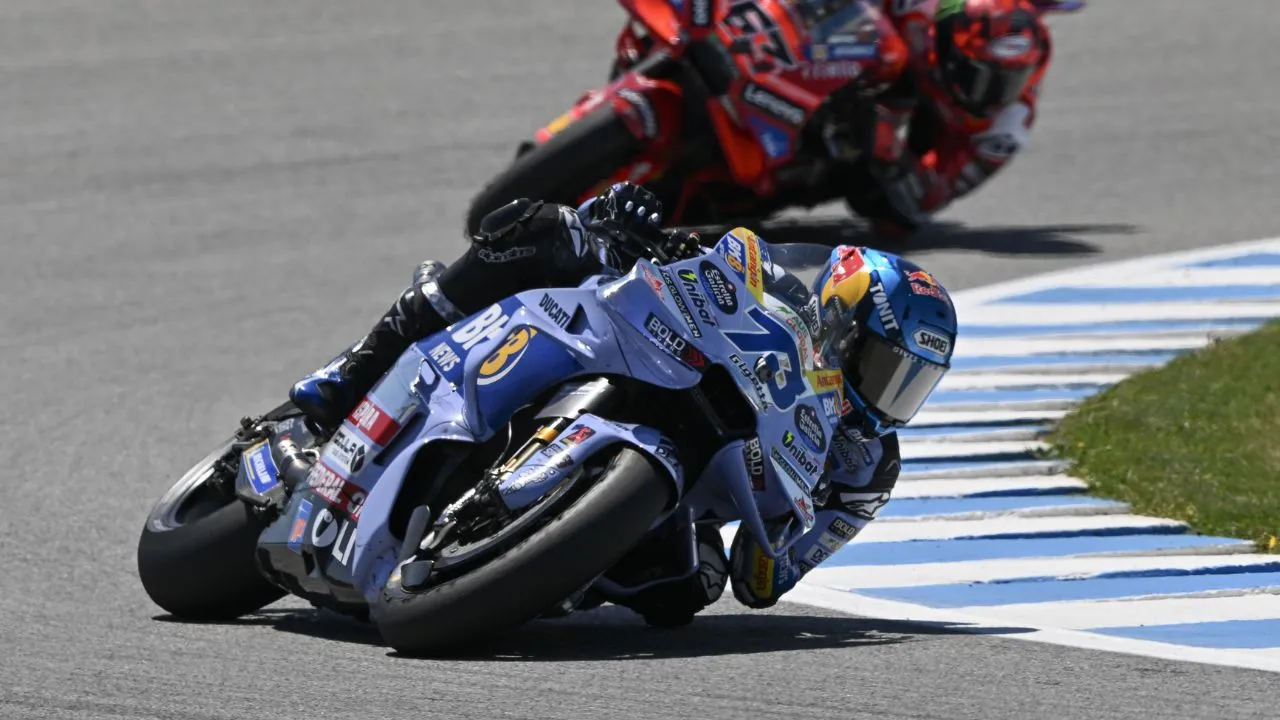
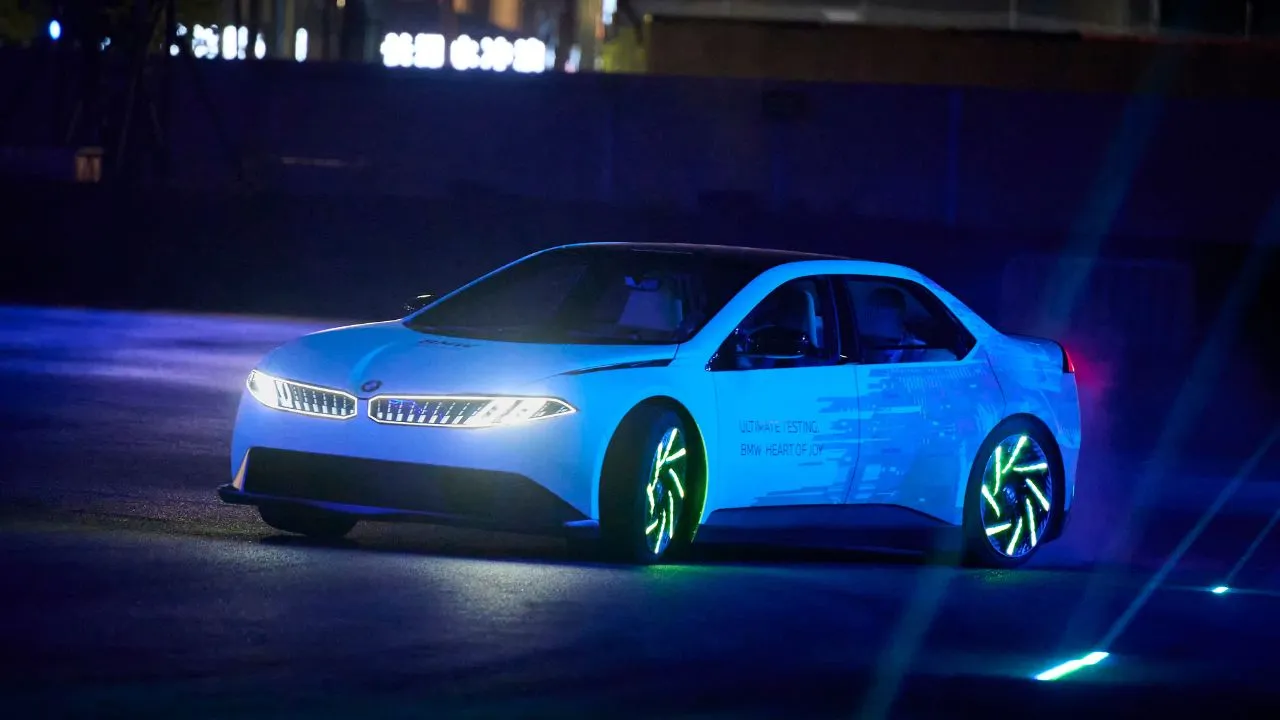
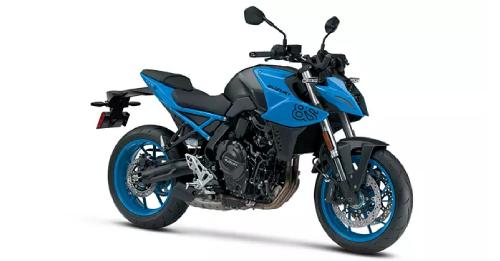
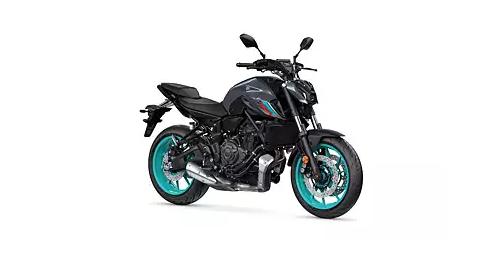
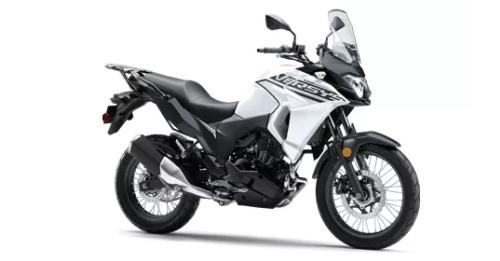
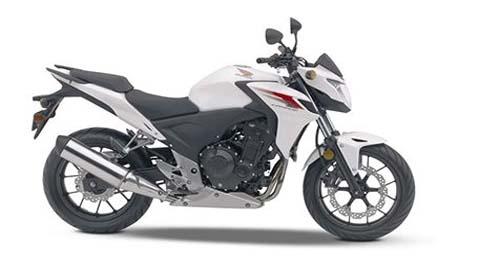
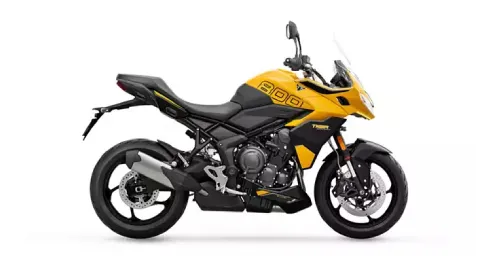
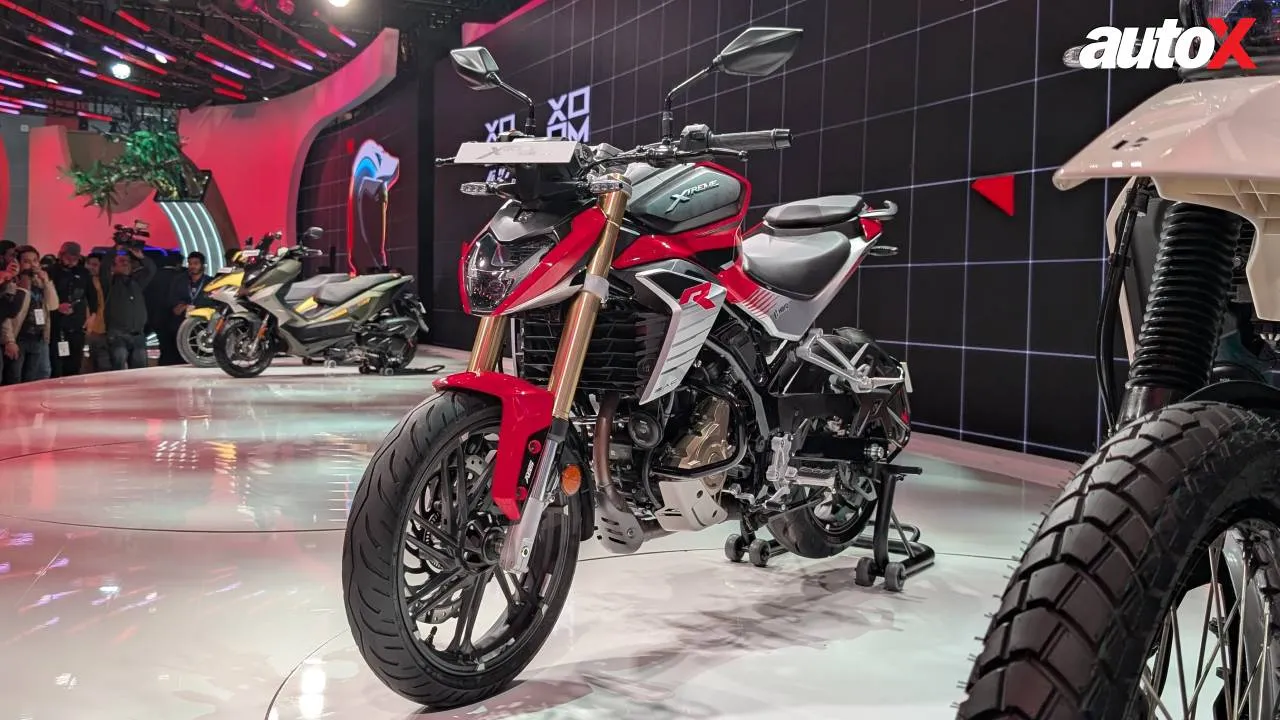
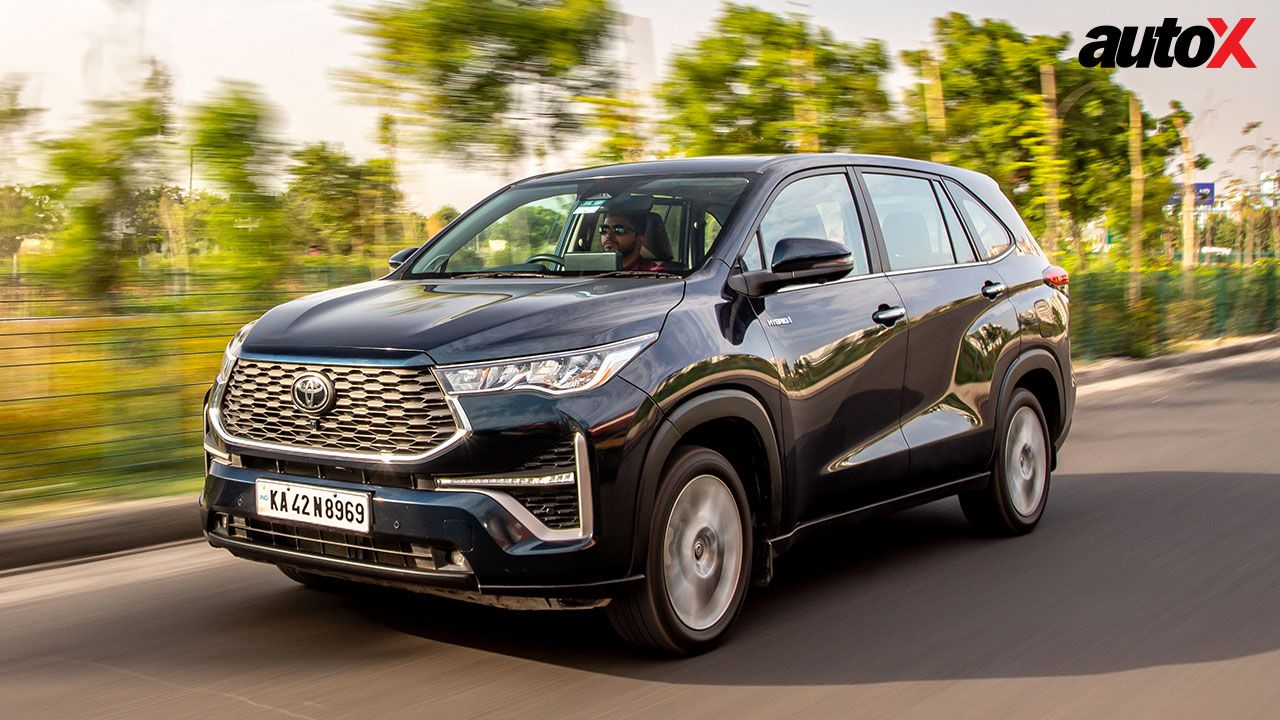
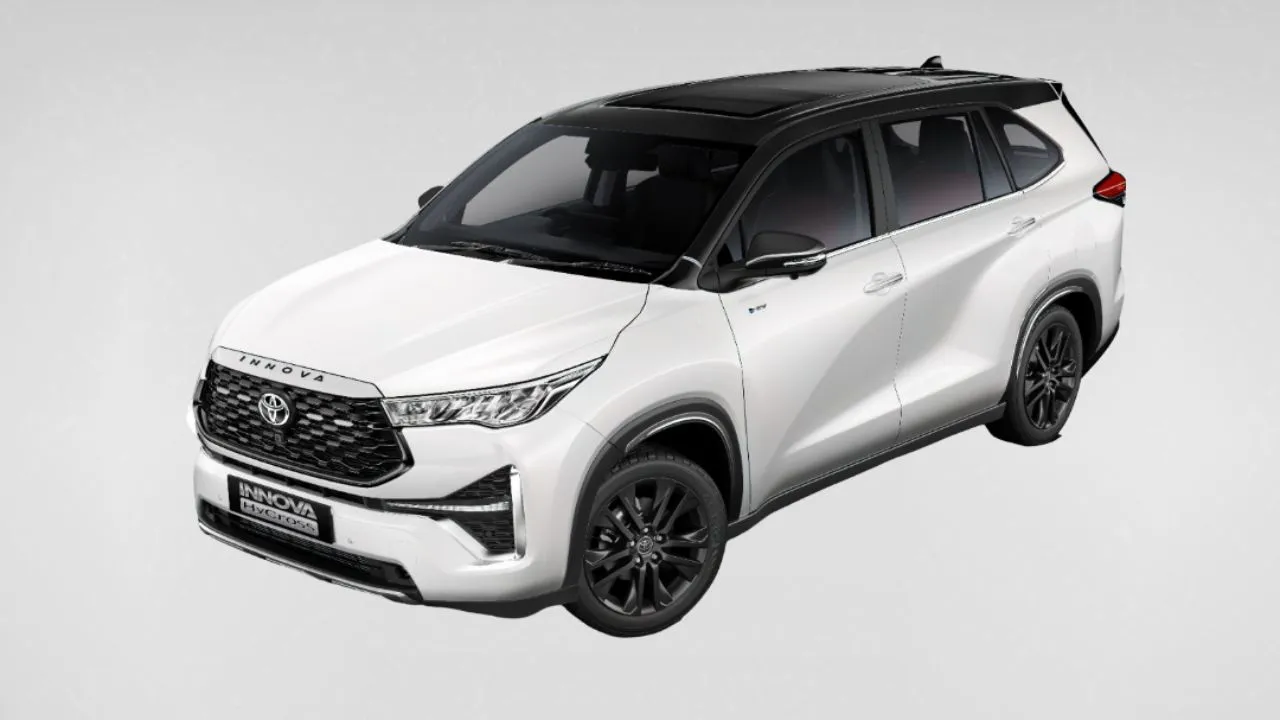
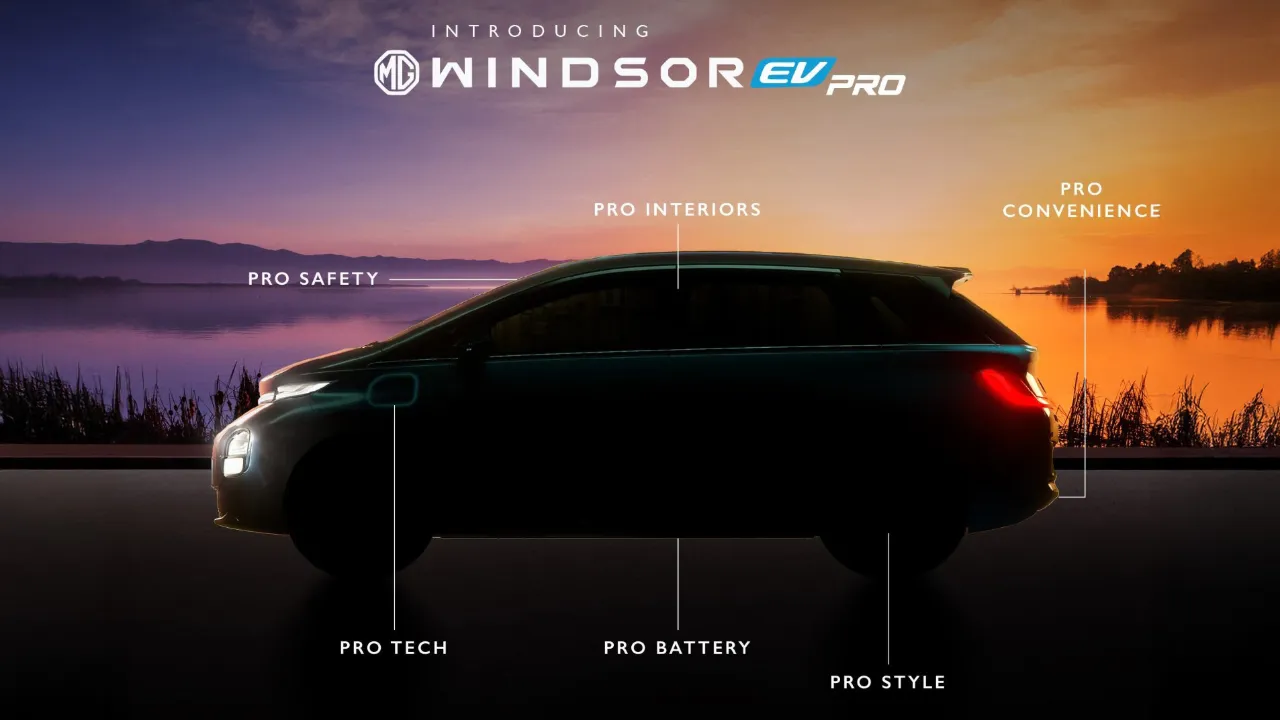
Write your Comment on